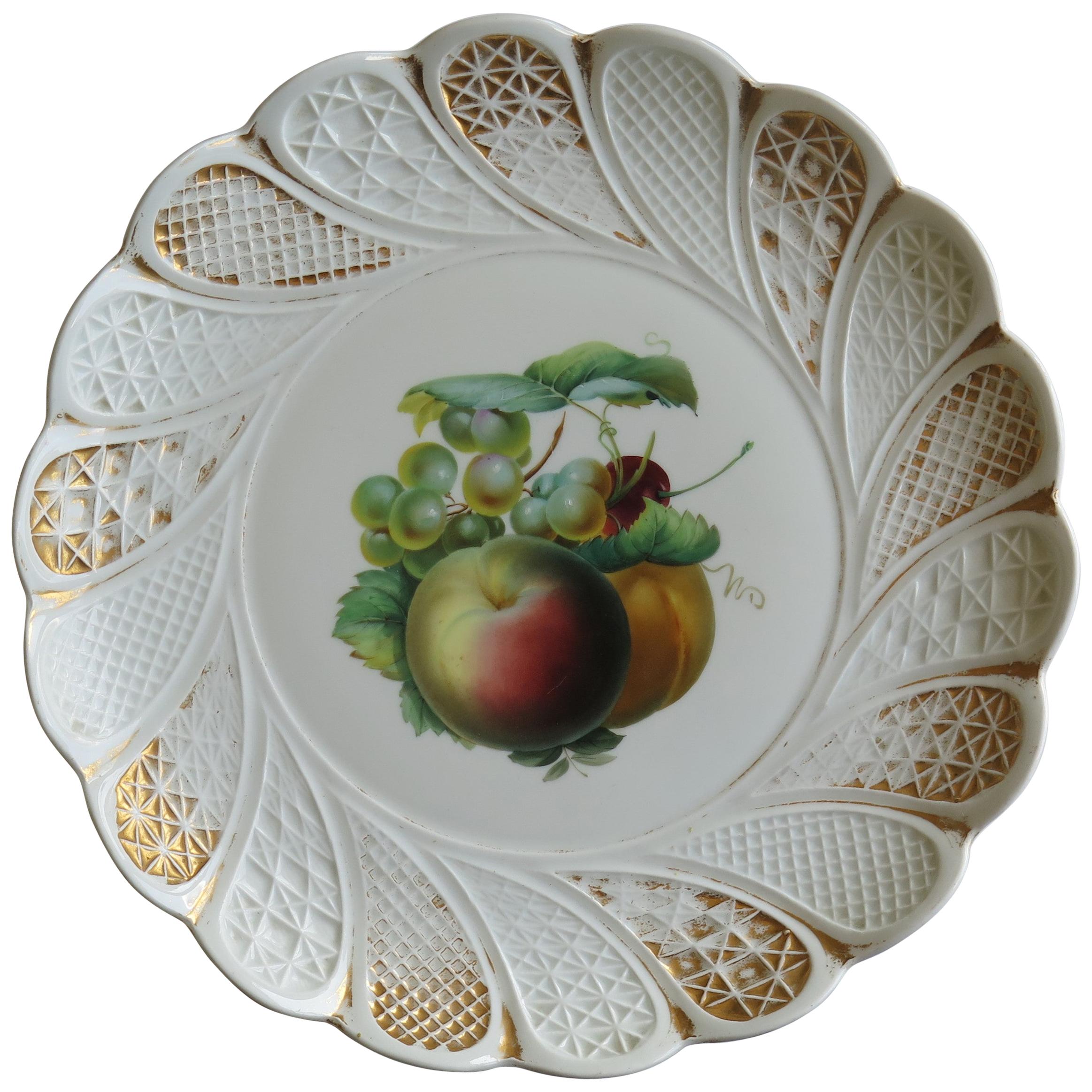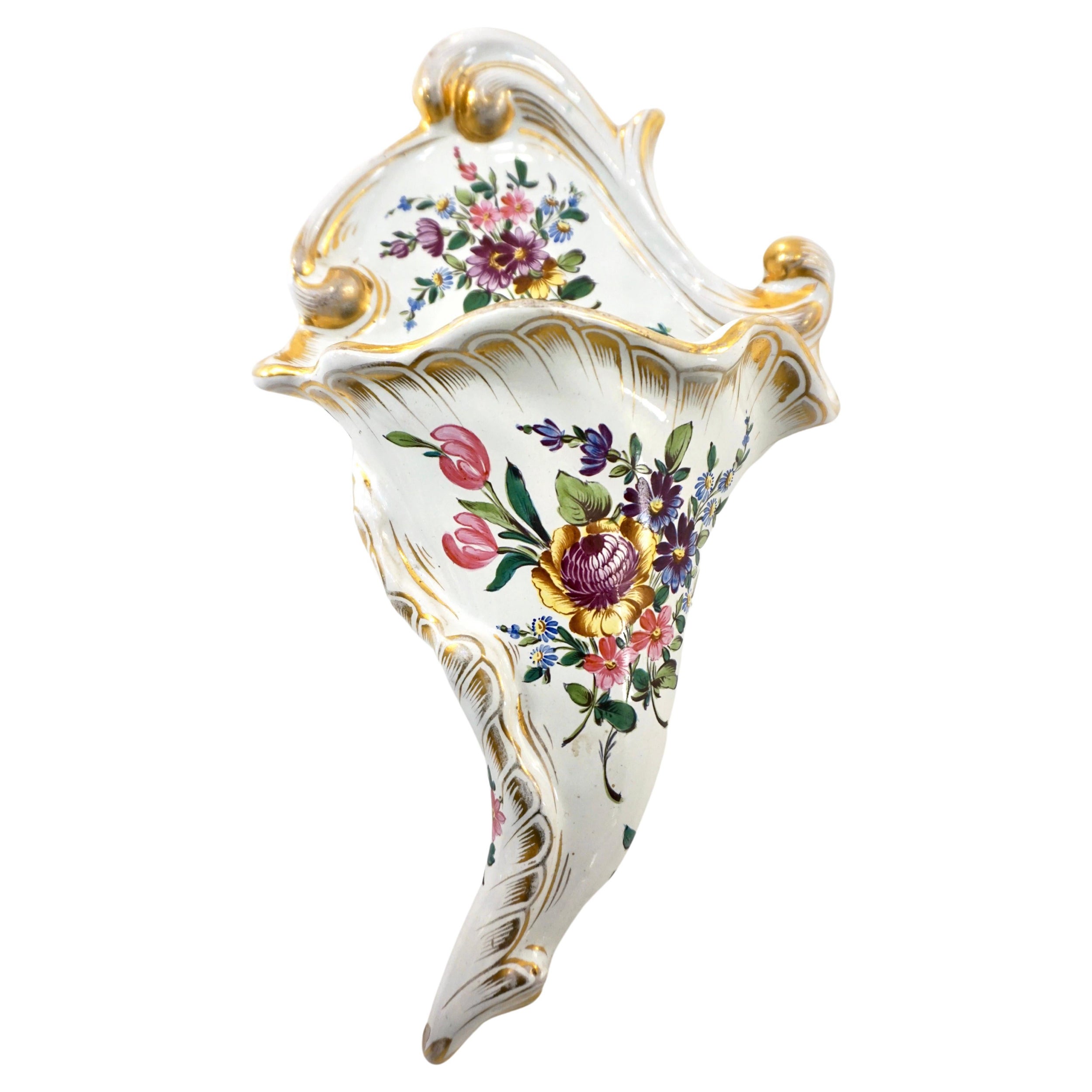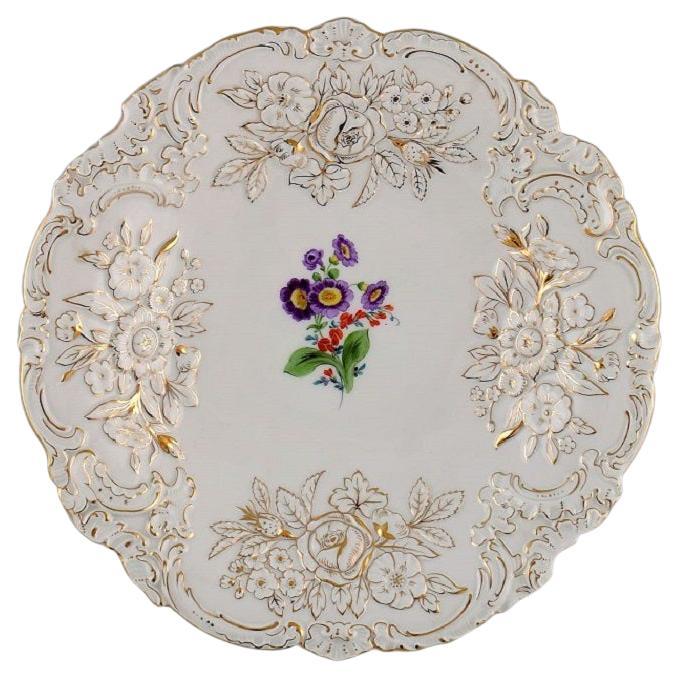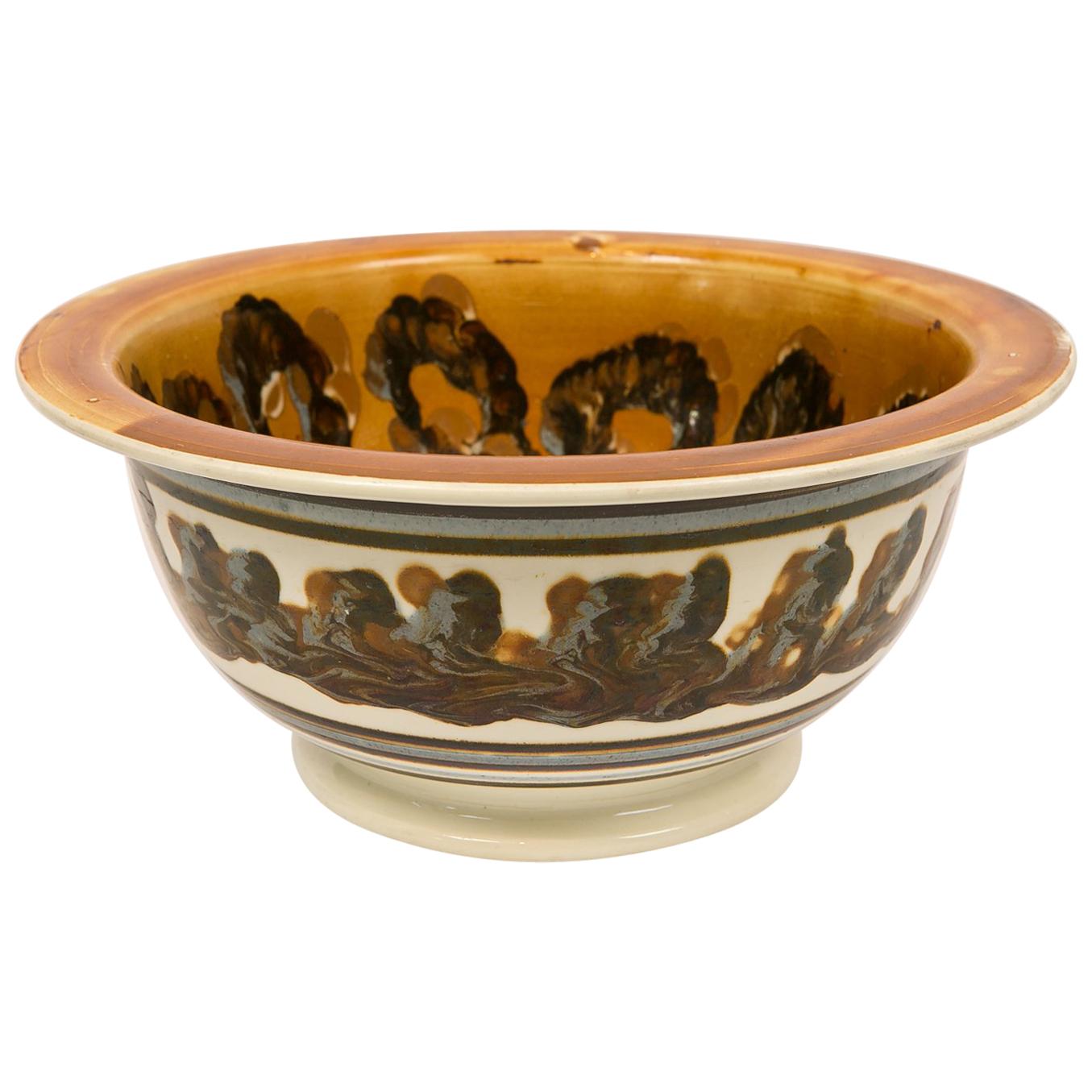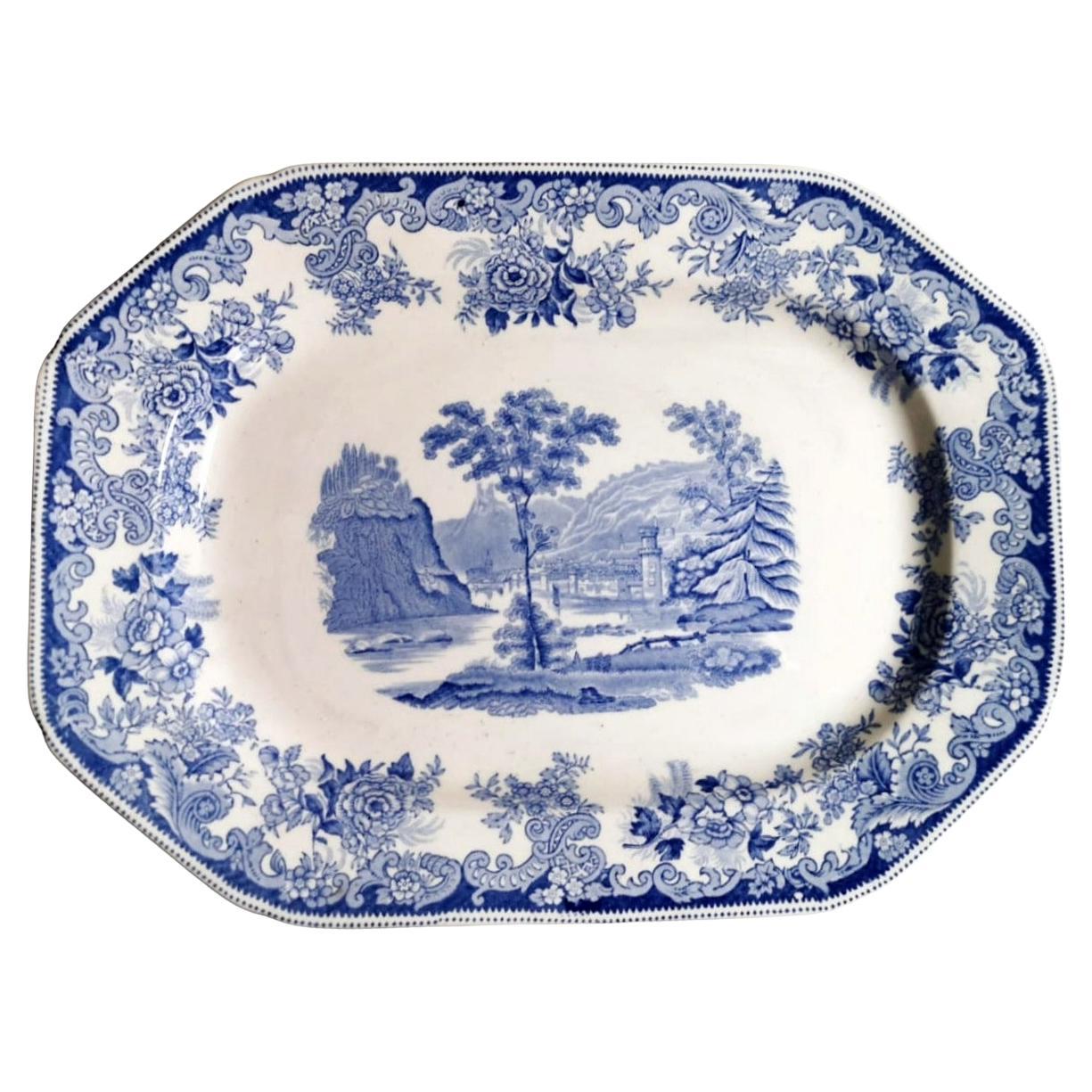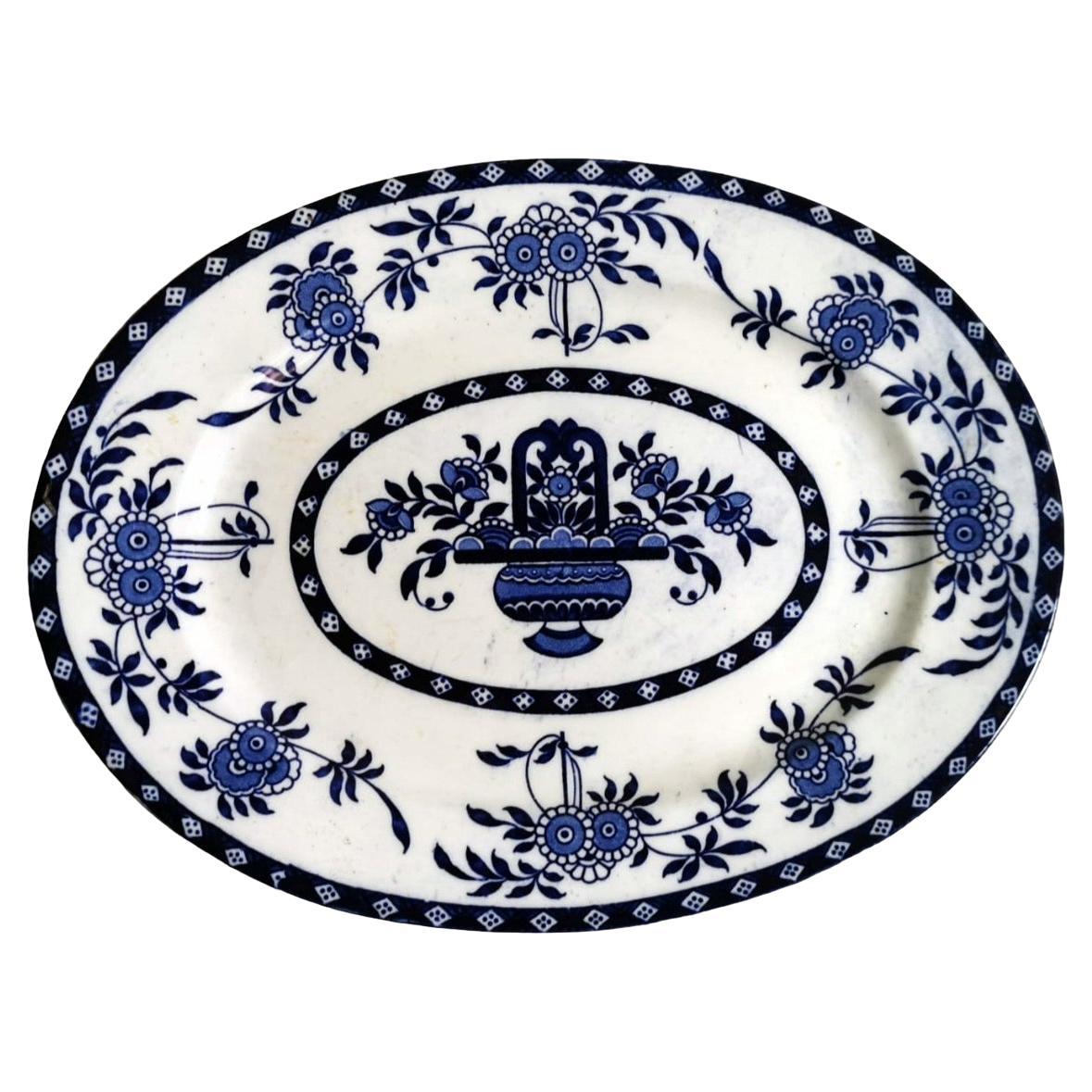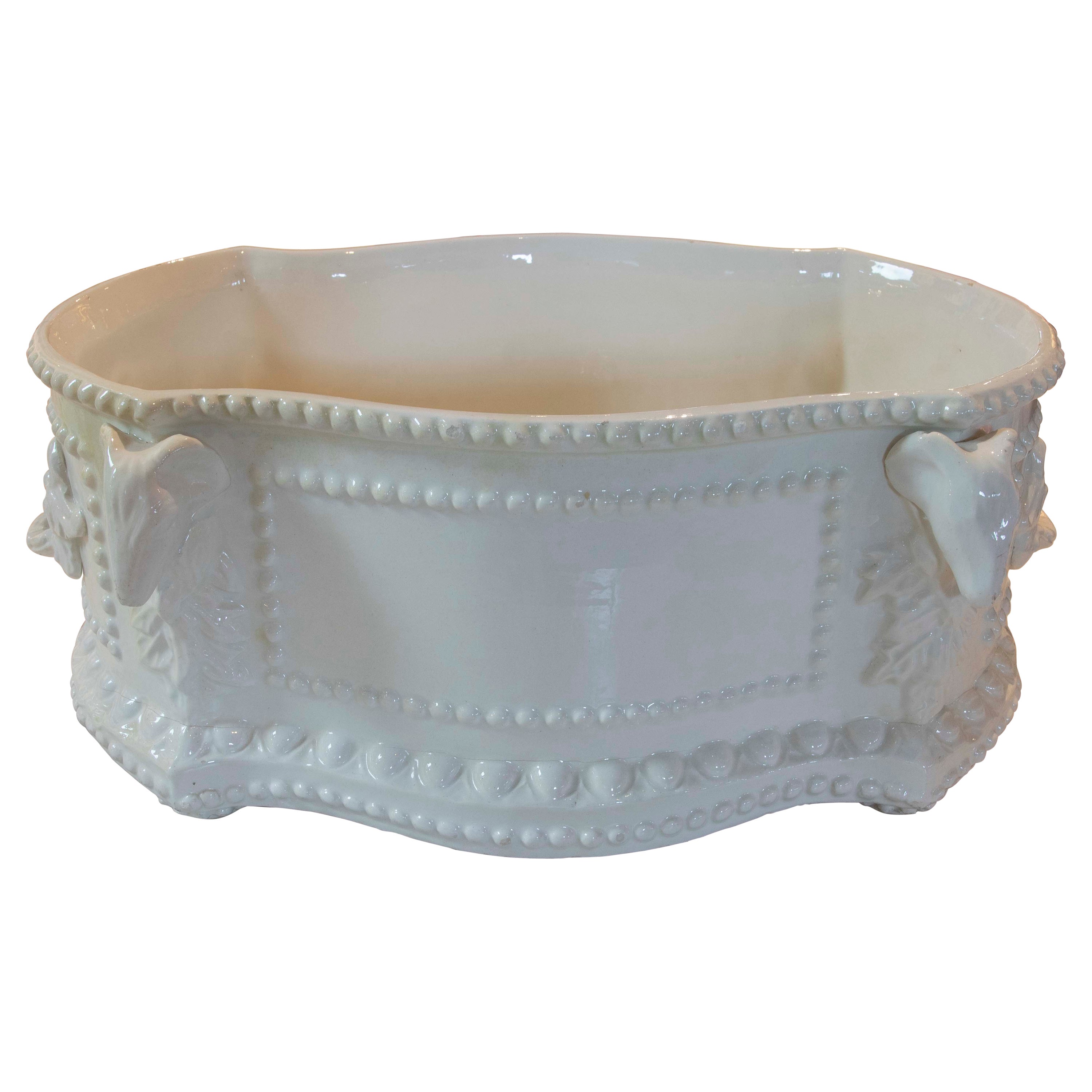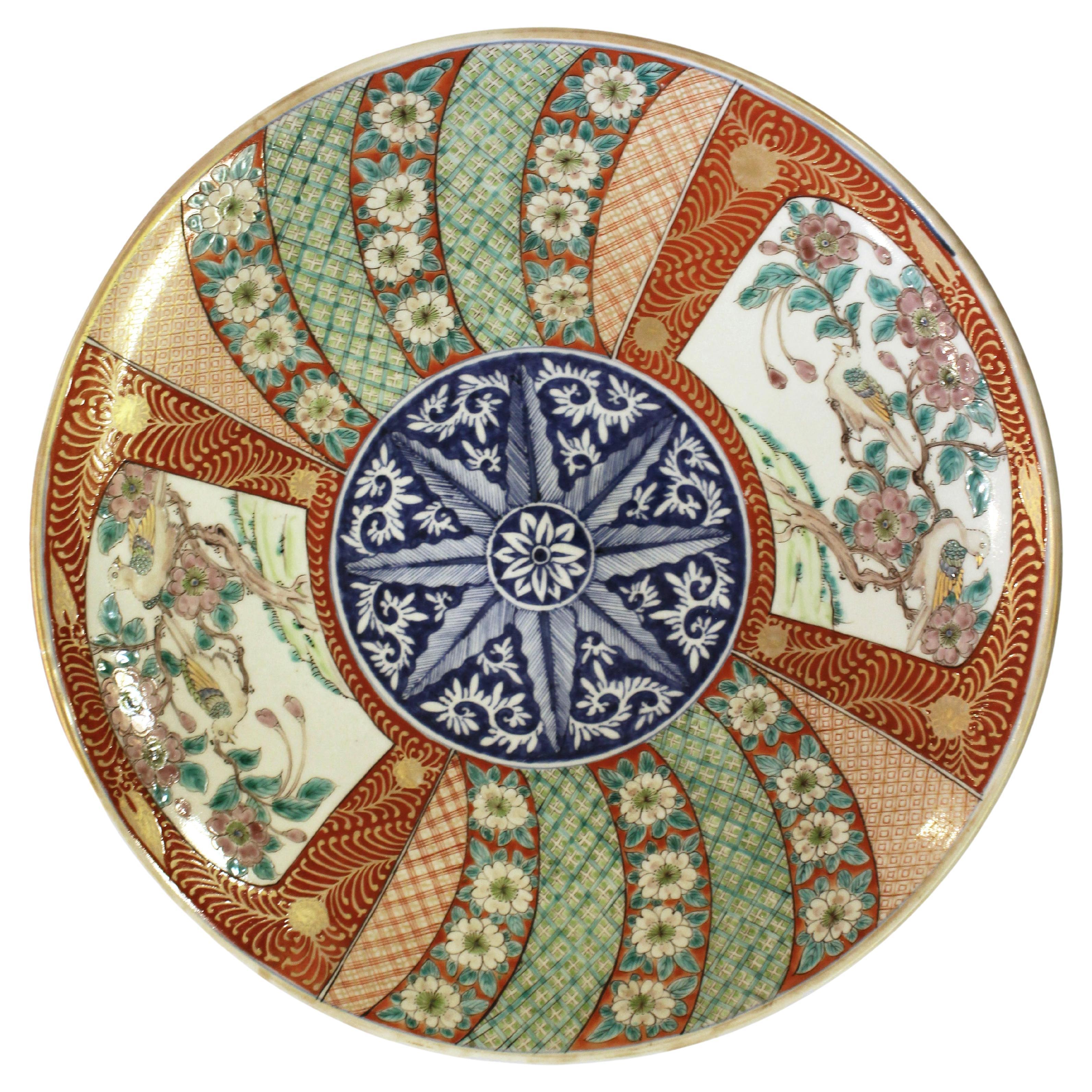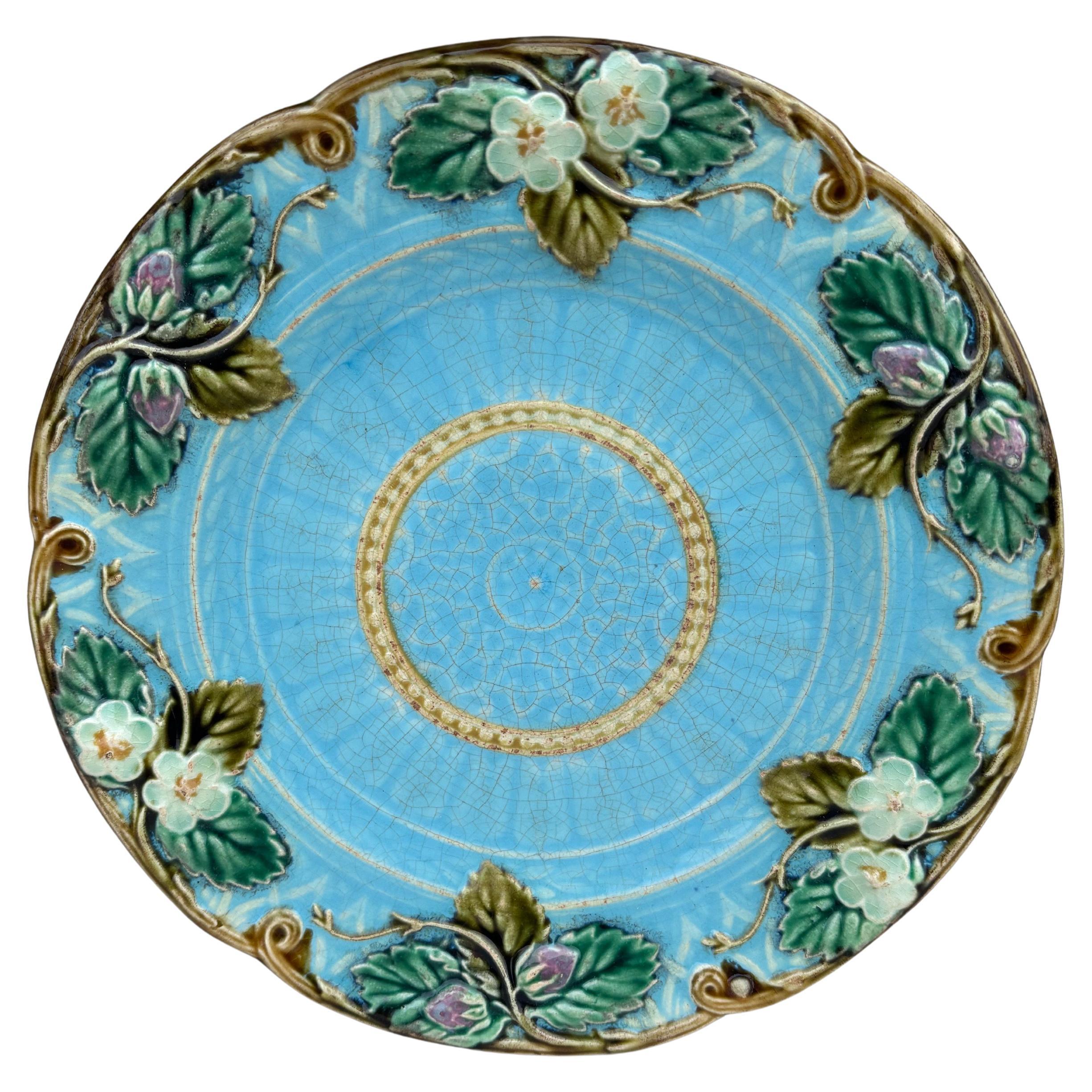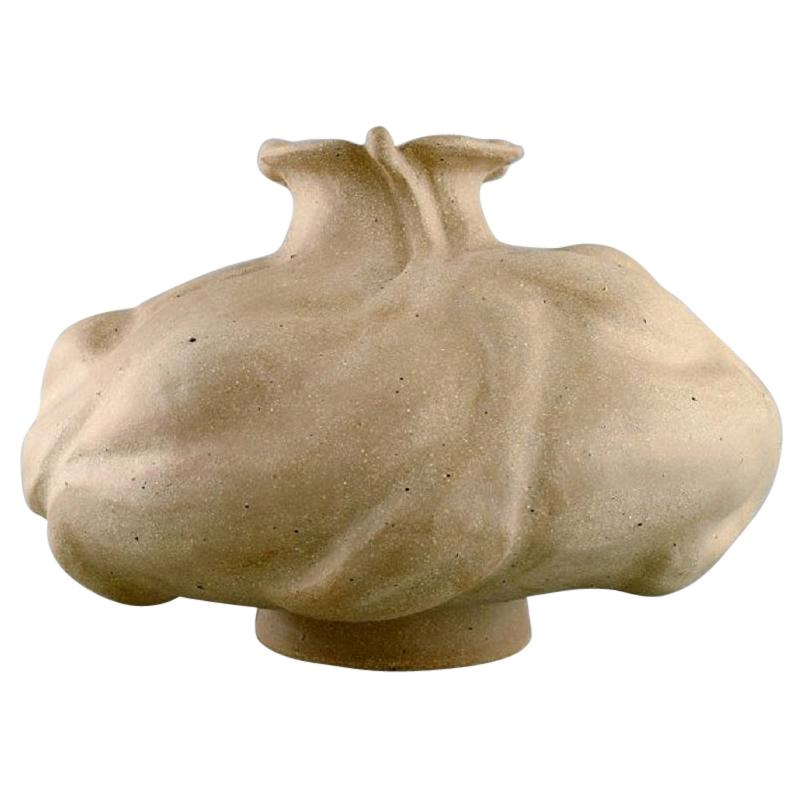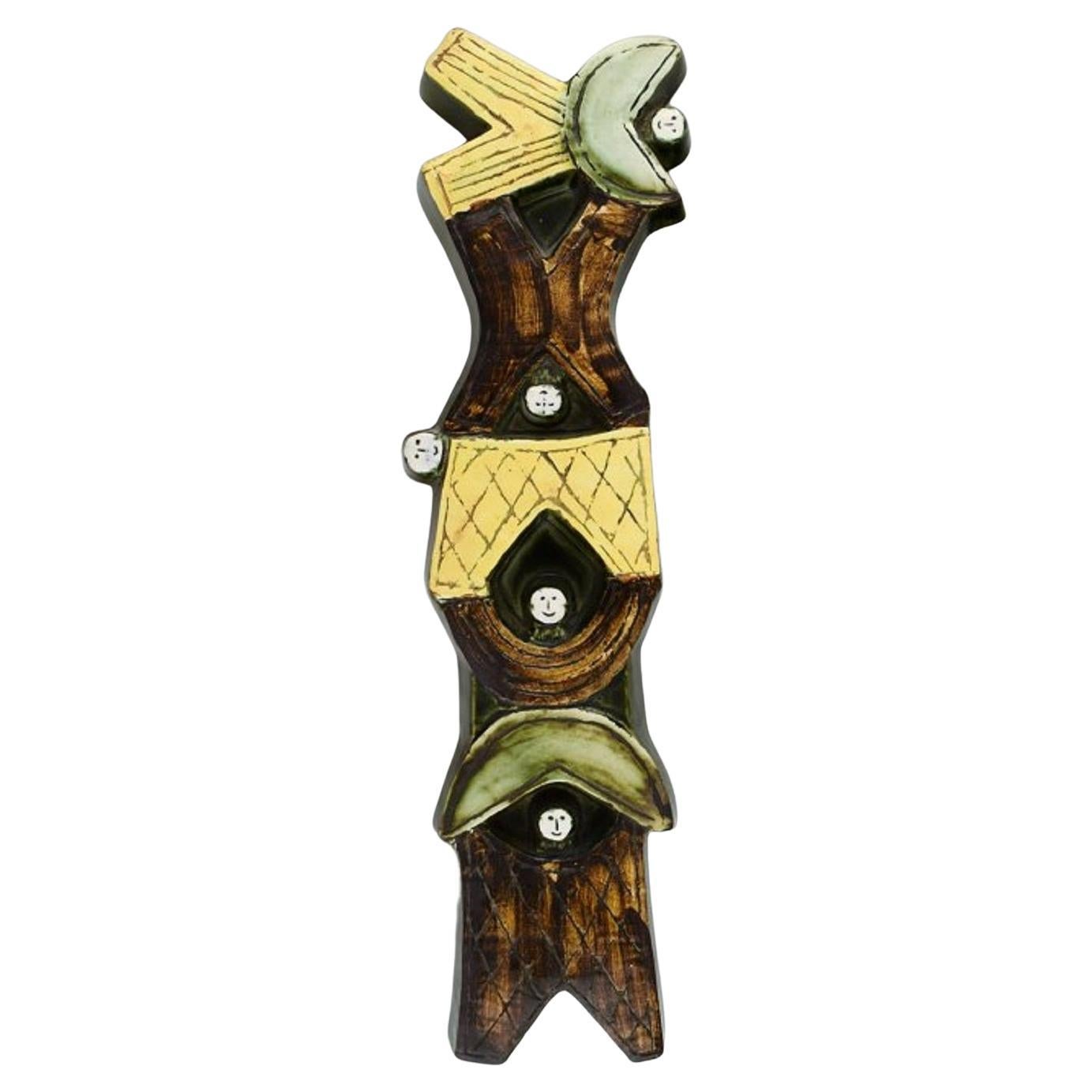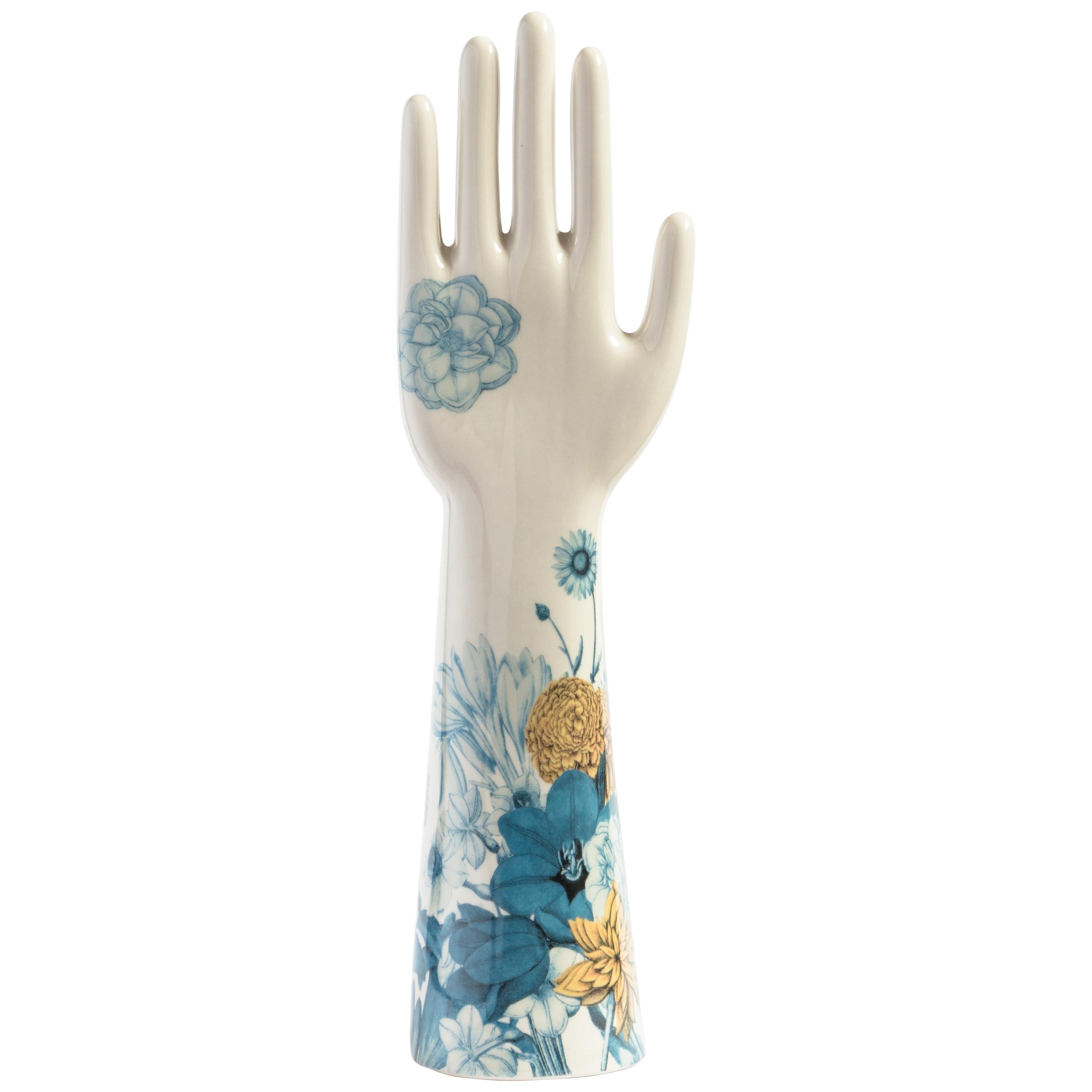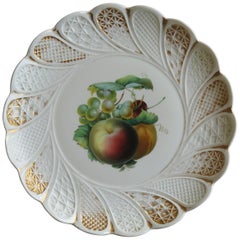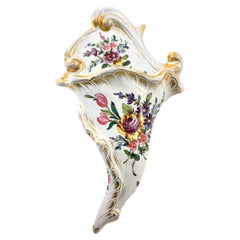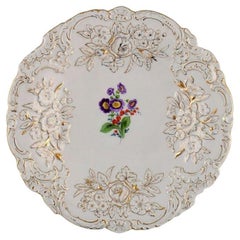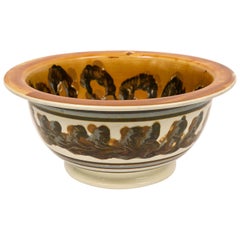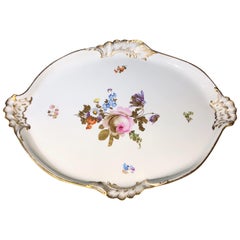
Large Meissen Tray, Flowers and Gilt Decoration, circa 1870
View Similar Items
1 of 11
Large Meissen Tray, Flowers and Gilt Decoration, circa 1870
About the Item
- Dimensions:Height: 1.58 in (4 cm)Width: 13 in (33 cm)Depth: 17.72 in (45 cm)
- Style:Rococo Revival (Of the Period)
- Materials and Techniques:
- Place of Origin:
- Period:
- Date of Manufacture:1870s
- Condition:Wear consistent with age and use. Minor losses. Has had several small rim chips restored in gilt border, well done restoration with minimum re-touching ,very hard to notice & not apparent in the photos - they are small...
- Seller Location:Geelong, AU
- Reference Number:Seller: 10224291stDibs: LU1250213021162
Authenticity Guarantee
In the unlikely event there��’s an issue with an item’s authenticity, contact us within 1 year for a full refund. DetailsMoney-Back Guarantee
If your item is not as described, is damaged in transit, or does not arrive, contact us within 7 days for a full refund. Details24-Hour Cancellation
You have a 24-hour grace period in which to reconsider your purchase, with no questions asked.Vetted Professional Sellers
Our world-class sellers must adhere to strict standards for service and quality, maintaining the integrity of our listings.Price-Match Guarantee
If you find that a seller listed the same item for a lower price elsewhere, we’ll match it.Trusted Global Delivery
Our best-in-class carrier network provides specialized shipping options worldwide, including custom delivery.You May Also Like
Meissen Porcelain Large Plate or Charger Hand Painted and Gilded, circa 1870
By Meissen Porcelain
Located in Lincoln, Lincolnshire
This is a beautiful large plate or charger, with a finely hand painted pattern by the Meissen factory in fine white porcelain and dating to the 19th century, circa 1870.
The plate h...
Category
Antique 19th Century German Ceramics
Materials
Porcelain
1870s Antique French Faience Pottery White Pink Gold Flower Holder Wall Pocket
Located in New York, NY
A delightful cornucopia-shaped Faience wall decoration signed Angoulême, a flower holder wall pocket in ivory white tin-glazed earthenware, hand-painted with delicate flowers and gold accents, with the typical 19th-century romanticism of the time and the growing interest and fascination with the natural landscape. The scrolled borders are highlighted in gold and decorated with rococo scrolls...
Category
Antique Late 19th Century French Rococo Revival Vases
Materials
Ceramic, Faience
Antique Meissen Porcelain Bowl with Hand-Painted Flowers and Gold Decoration
Located in Copenhagen, DK
Antique Meissen porcelain bowl with hand-painted flowers and gold decoration.
Early 20th century.
Measures: 28.5 x 5 cm.
In excellent condition.
1st factory quality.
Stamped.
Category
Early 20th Century German Rococo Revival Porcelain
Materials
Porcelain
$448 Sale Price
20% Off
Rare Large Mochaware Bowl with Cable Decoration England Circa 1830
Located in Katonah, NY
We are pleased to offer this exceptionally large and rare mid-19th century English mochaware bowl. Each piece of mochaware is unique. Made in England ci...
Category
Antique 1830s English Folk Art Decorative Bowls
Materials
Creamware
Copeland-Spode English Tray With Blue Transferware Decorations
By Copeland Spode
Located in Prato, Tuscany
We kindly suggest you read the whole description, because with it we try to give you detailed technical and historical information to guarantee the authenticity of our objects.
Elegant and refined English octagonal ceramic tray; on the white background, soft and rich blue decorations have been executed using the transferware method; in the center we find the poetic and graceful representation of the Severn River and the town of Bridgnorth (the name of this decoration is "Severn"), while the edges of the tray are adorned with sumptuous and spectacular flower and leaf decorations. The Severn River is the longest river in the United Kingdom (350 km), rising in Wales and flowing into the Bristol Channel; Bridgnorth is an ancient Saxon settlement; observing the view of the river and town from his castle at Bridgnorth King Charles I Stuart (1600-1649) said "the most beautiful sight in all my kingdom". On the back of the tray there are 3 imprinted marks including one with final number 14, then we find in the center a blue mark, these indicate to us exactly that the tray was produced in Stoke-on-Trent by the Copeland-Spode company in 1914 (see mark no.1079 p.172 of "Encyclopaedia of British Pottery and Porcelain Mark). The Spode firm was founded in the heart of the Potteries - Stoke-on-Trent by Josiah Spode in 1770. Josiah Spode is most famous for developing the specific design technique that meant underglaze transfers could be printed on earthenware. Later, focusing on porcelain production, Josiah Spode pioneered the development of a new form of porcelain, originally called "Stoke China...
Category
Early 20th Century British Victorian Ceramics
Materials
Ceramic
Staffordshire Potteries English Tray with Blue Transferware Decorations
By Clementson Brothers
Located in Prato, Tuscany
We kindly suggest you read the whole description, because with it we try to give you detailed technical and historical information to guarantee the authenticity of our objects.
Lovely and refined English oval ceramic tray; elegant and rich blue decorations have been executed on the white background using the transferware method; the mark on the back tells us exactly that the object was produced by the Clementson Brothers LTD Company between 1901 and 1913 at the Phoenix factory in Shelton, the company made a wide range of objects with this decoration called "Delf" ( see mark no.909 p.150 of "Encyclopaedia of British Pottery and Porcelain Mark"). Transferware, which was very fashionable in the Victorian period, refers to glazed and decorated pottery with a specific treatment that they produced in Staffordshire, England; they used copper plates on which the design was engraved, the plate was then inked and the design transferred to a special fabric that was later placed on the pottery (plates, trays, tureens, etc.) which was glazed and fired; the first to use this printing process were John Sadler and Guy Green of Liverpool in 1756. If we look at the pottery made by this method we will notice that the designs are not perfect and often the ink is smudged: this is their characteristic. A hand-painted plate service could afford few English families, with this method even middle-class families could have a decorated plate service. The Clementson Firm was founded in 1839 by Joseph Clementson, who retired from the business in 1867, leaving the factory to his four sons and son...
Category
Early 20th Century British Victorian Ceramics
Materials
Ceramic
Recently Viewed
View AllMore Ways To Browse
Ashworth Bros
Cartuja Sevilla
Ceramiche Di Lava
John Gill Pottery
Majolica Grape Vine Plates
Spode 2117
Zsolnay Jug
Burleigh Ware Jug
Felix Tissot Taxco
Clarice Cliff Biarritz
French Ceramic Guinea Hens
T G Green Cornishware
Aspic Mold
Pink Bordallo
Royal Zuid Holland Gouda Pottery
Antique Noritake Hand Painted Bowl
Dansk Espresso
Lukas Wegwerth
